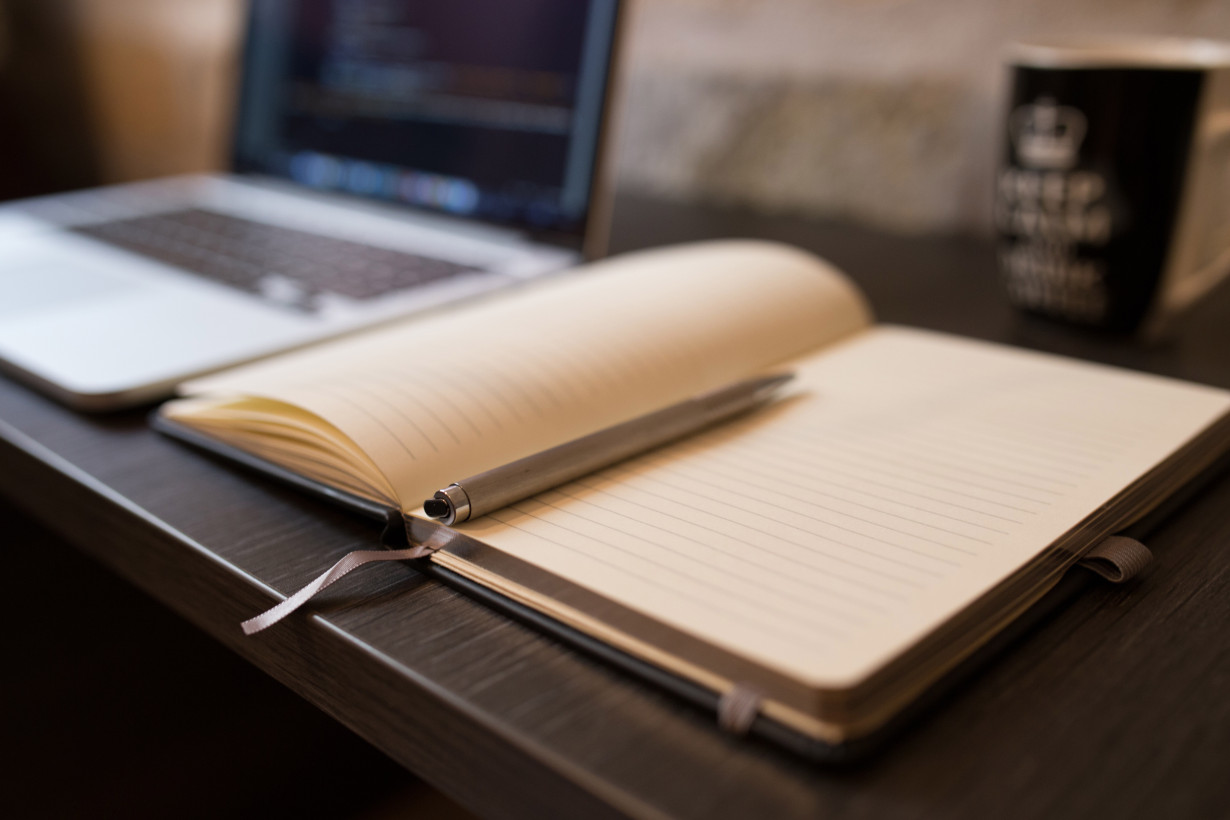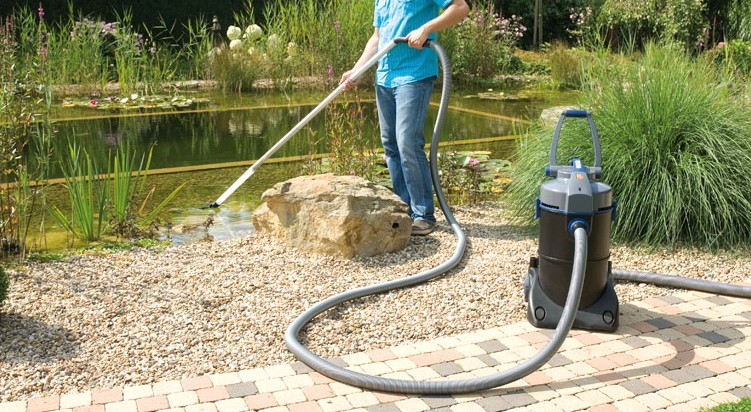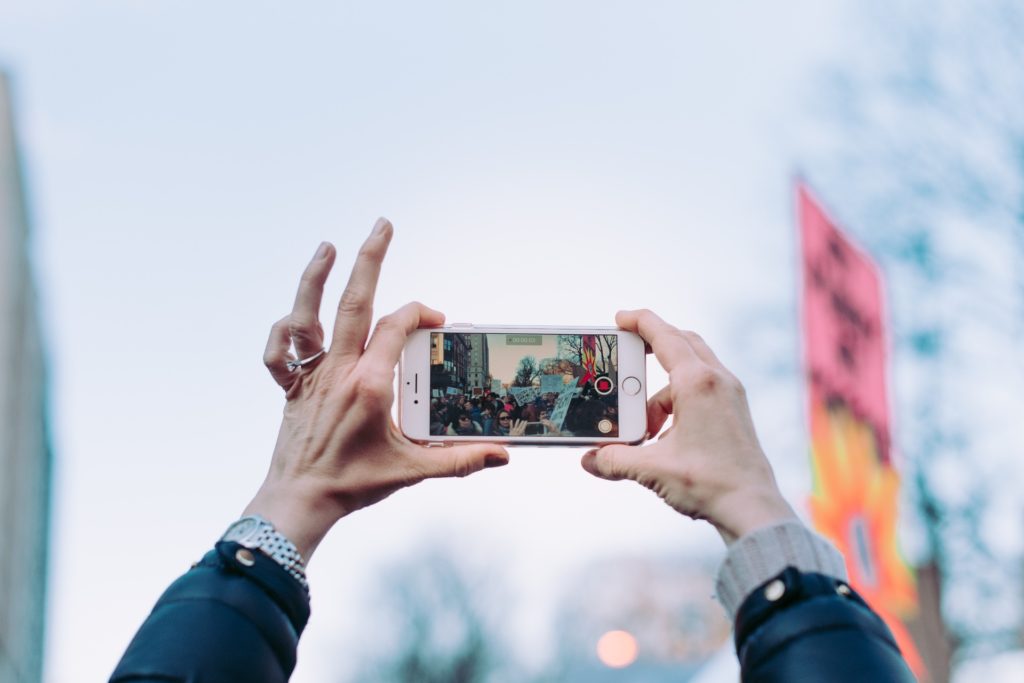Despite the name, dry cleaning is a process that uses liquids aside from water to clean clothing, bedding, upholstery and other types of materials. Water can harm specific materials-- such as wool, leather and silk-- and a washing machine can damage buttons, lace, sequins and other delicate decors. Go into dry cleaning.
Dry cleaning chemicals
Dry cleaners use a range of solvents to clean material. Early solvents included gas, kerosene, benzene, turpentine and petroleum, which were extremely combustible and unsafe, according to the State Coalition for Removal of Drycleaners (SCRD), a group whose members share info about cleanup programs. The 1930s saw the advancement of artificial, nonflammable solvents-- such as perchloroethylene (also known as perc or PCE) and decamethylcyclopentasiloxane (likewise referred to as GreenEarth)-- which are still used today.
Detergents are typically added to the solvents to assist in the removal of soils, according to an SCRD report entitled "Chemicals Used in Drycleaning Operations." Detergents aid dry cleaning in 3 methods:
Bring moisture to aid in the removal of water-soluble soils.
Suspending soil after it has been removed from the fabric so it will not be reabsorbed.
Acting as a spotting agent to permeate the material so that the solvents will have the ability to remove the spots.
Cleaning agents are either included into the solvent prior to laundry services begins or included into the process at particular times.
Dry cleaning procedure
Dry cleaning machines include 4 parts, according to the Drycleaning & Laundry Institute (DLI), a global trade association for garment care specialists:
The holding tank or base tank that holds the solvent.
A pump that distributes the solvent through the machine.
Filters that trap solid impurities and soils gotten rid of from either the solvent or the fabric.
A cylinder or wheel where the items that are being cleaned are positioned.
During dry cleaning, the pump pulls solvent from the tank and sends it through the filters to eliminate any impurities. The filtered solvent then gets in the cylinder, where it interacts with the materials and removes any soil. The solvent then travels back into the holding tank so it can begin the process again.
After the items finish the cleaning cycle, the machine goes through an extraction cycle, which removes excess solvent. During this procedure, the rotation rate of the cylinder increases, just like the final spin cycle on a home cleaning machine.
After the extraction cycle finishes and the cylinder stops moving, the clothing are either dried within the exact same machine (if it is a closed system) or moved into a different drier. The excess solvent is collected, filtered and transferred back into the holding tank.
History of dry cleaning
Dry cleaning go back to ancient times, according to the DLI. Records about approaches for cleaning fragile items have actually been discovered in the ruins of Pompeii, decimated by the eruption of Mount Vesuvius in the year 79. In those days, numerous clothing were made from wool, which was known to diminish in water. Expert clothes cleaners, called fullers, utilized solvents such as ammonia (produced from urine) and lye, as well as a type of clay called fuller's earth, which excelled at soaking up dirt, sweat and grease spots.
According to the DLI, the earliest recommendation to anything looking like modern-day dry cleaning was a story about an awkward house maid who spilled some kerosene on an oily tablecloth. The kerosene quickly vaporized, and she observed how much cleaner the area where the chemical fell was. Individuals performed many experiments after that occurrence to identify what types of solvents were best at cleaning oily stains. These compounds included turpentine spirits, kerosene, petroleum-based fluids, gasoline and camphor oil, according to the SCRD.
The credit for being the very first industrial dry cleaner goes to the firm of Jolly-Belin, which opened in 1825 in Paris, according to the Handbook of Solvents. In Paris, obviously, fashion was a fundamental part of society. The clothes were soaked in barrels filled with turpentine, then took into a sort of predecessor to the washing machine and then air dried so that the turpentine could vaporize.
The very first dry cleaner in the United States showed up around the same time. Thomas Jennings, a U.S. tailor and innovator, as well as the first recognized African-American to receive a patent in the United States, used a technique called "dry scouring" to clean clothing that conventional cleaning methods would harm. His procedure was patented in 1821, and Jennings ran a highly effective customizing and dry cleaning business in New York City.
What is dry cleaning?
the procedure of cleaning a garment with a natural solvent, without utilizing water.
The hidden concern with petroleum-based solvents was their severe flammability, so options were sought. Michael Faraday, an English physicist and chemist, first manufactured PCE in 1821. However, it wasn't easily used in dry cleaning till the early 1930s, after William Joseph Stoddard, a U.S. dry cleaner, further developed PCE as a dry cleaning solvent. Its usage grew in the late 1930s and early 1940s due to a petroleum lack throughout The second world war.
Environmental and health issues
While it is the most popular choice for laundry service agencies, perchloroethylene has actually been found to be harmful for both health and the environment. According to the Occupational Security & Health Administration (OSHA), entering contact with perc puts dry cleaning workers at high risk of health issues. Exposure to perc vapors may occur when a staff member loads dirty clothes into a machine, removes products prior to the drying cycle completes, cleans lint or button traps, alters the filters, or performs maintenance on the machines.
Those who have their clothes and uniforms dry cleaned routinely might also experience the adverse effects of perc. Inhaling these vapors for a prolonged duration can cause dizziness, sleepiness, loss of coordination, moderate amnesia, visual understanding and blistering of the skin after extended contact.
People in the dry cleaning company also deal with a danger of certain types of cancer. Long-term direct exposure, according to the National Library of Medicine, might lead to specific kinds of cancer, consisting of esophageal, cervical, bladder, several myeloma and non-Hodgkin's lymphoma. There are likewise potential links to cervical and breast cancers.
Damage to the main nerve system, liver, kidneys and lungs may also develop.
Research studies, such as one published in 2014 in the journal Environmental Health Perspectives, discuss links that have been discovered between perc and cancer, specifically in the dry cleaning service. After discussing lots of similar previous studies, and after studying the impacts of perc on rats, the researchers in the 2014 study concluded that perc exposure did have a strong connection with certain kinds of cancer. Similar to the EPA's 2012 classification, the 2014 study defined the substance as "likely to be carcinogenic to human beings," no matter how somebody can be found in contact with the chemical.
Another 2014 research study, also appearing in Environmental Health Perspectives, particularly took a look at the danger of bladder cancer in people exposed to perc. The scientists likewise discovered strong correlations between dry cleaners who use perc as a solvent and an increased threat of bladder cancer. This applied even after considering smoking, another recognized threat factor in the development of bladder cancer.
The EPA likewise specified that there is some proof, while undetermined, that perc affects the reproductive system in both males and females, leading to transformed sperm structures and minimized fertility. There has actually also been some research into abnormality caused by perc, however the research studies are few and have lots of constraints.
Perc can be launched into the air, water and soil in the environment around where it is produced or utilized, including the neighborhood dry cleaner. According to the Company for Harmful Compounds and Illness Registry, most of the perc in the environment comes from the dry cleaning market. The substance breaks down very slowly in the atmosphere, so it can travel fars away.
Perc can enter the water system by liquid waste that may be polluted with the solvent. Typically, the majority of the perc evaporates rapidly from the water, and the leftovers break down gradually in the water. The chemical likewise breaks down slowly in soil, where it focuses after seeping out at waste-disposal websites.
The future of dry cleaning
Today, there are at least 36,000 dry cleaners in the United States alone, according to IBISWorld, a market-research business. Nevertheless, according to a number of sources, consisting of a story published on American Drycleaner, many areas in the United States are losing dry cleaners. The article indicates that rising leas, casual outfit becoming the new standard, more-durable fabrics being utilized for clothing and low-cost clothing are just a few of the reasons for the shrinking number of dry cleaning stores in the United States.
Another reason is that lots of dry cleaners are small, family-owned organisations. As the older generation retires, the more youthful generation looks for other kinds of jobs. Environmental concerns are also altering the industry. California, for instance, is phasing out making use of perc in dry cleaning in favor of less-toxic options, including water-based and carbon dioxide cleaning.
The term dry cleaning is a little bit of a misnomer. Dry cleaning refers to cleaning clothing and materials using a chemical solvent instead of water. The cleaning is finished with a liquid but the solvent includes little or no water and does not penetrate the fibers like water does in a washing machine. This process protects the desirable qualities of numerous materials. The dry cleaning procedure is usually used on clothing and fabrics that can not stand up to the rigors of a basic home washer and clothes dryer. It likewise removes the need for more time-consuming hand washing.
The Commercial Dry Cleaning Process
The business dry cleaning process starts in your regional dry cleaning store when you drop off your dirty clothes. Today, many dry cleaners do not have equipment on-site; numerous will carry your laundry to a main cleaning facility. This is more cost-effective than having machines at every drop-off place. There are a number of steps for each product cleaned up:
Garment Tagging: Every product is tagged with an identification number. Some cleaners utilize paper tags that are stapled or pinned to the garment. Others use an iron-on strip with a completely assigned barcode for regular customers. Similar soiled garments from different customers are cleaned together and tagging ensures that your clothes are returned to you.
Garment Assessment: Before clothing are cleaned up, they are checked for items left in pockets, rips, tears, and missing buttons. These items are returned to consumers and issues are noted as concerns understood prior to cleaning.
Stain Pretreatment: As part of the examination process, the cleaner look for stains on the clothing and treats them prior to the solvent cleaning process. This is likewise the time an excellent cleaner eliminates or covers fragile buttons and trim to prevent damage.
Machine Dry Cleaning: Stained clothing are loaded into a big drum machine and cleaned with a water-free chemical solvent. The clothes are carefully upset in the option which triggers soils to loosen. The solvent is then drained and recycled and the clothes are "rinsed" in fresh solvent to flush away any last remains of soil.

Post Spotting: The laundry service agencies process works extremely well in getting rid of oil-based spots thanks to the chemical solvent. Nevertheless, other types of spots are not constantly eliminated efficiently. So, all garments are post found to look for remaining discolorations. The stains are treated with steam, water, or perhaps a vacuum to get rid of any staying traces.
Finishing: The last action consists of getting the garment prepared to use. This consists of steaming or extracting wrinkles, reattaching buttons, or making repairs. Products are then hung or folded to go back to the consumer. The plastic bags provided are just there to assist you get your clothes home without more spots. It's important to take them off immediately or risk damage to your clothes from caught wetness.
History of Industrial Dry Cleaning Chemicals
Dry cleaning has actually been around since Roman times when ammonia was used to clean woolen togas to prevent any shrinking that occurs when wool is exposed to warm water. Next, cleaners transferred to petroleum-based solvents like gas and kerosene which showed to be highly combustible and dangerous to utilize.
By the 1930s cleaners began utilizing perchloroethylene or tetrachloroethylene, a chlorinated solvent. They are highly reliable cleaners and are still used by many business cleaners today. Both have a distinct chemical odor. Perchloroethylene is referred to as perc and is classified as carcinogenic to humans. In the 1990s the United States Epa began to regulate dry cleaning chemicals and motivate business cleaners to use much safer, more environmentally friendly solvents.
Green dry cleaning is based upon a carbon dioxide detergent system and cleaning machines that apply pressure to draw liquid carbon dioxide through fabrics to remove soil. There is no heat included which also makes the process more mild to materials.
Has the laundry service agencies process constantly seemed a bit mystical? You drop off filthy clothing and return to find your most prized pieces looking as good as brand-new-- however what actually goes on because magical place to prepare your wardrobe for the coming week? The majority of us do not think about how our clothes get cleaned up, but understanding the distinction in between dry cleaning and standard laundry can assist us much better understand why specific items need various levels of care.
How long does dry cleaning take?
If the t-shirts are washed on facilities, they can be carried out in 90 minutes, begin to complete. If they are sent out to an off-premise shirt laundry (not all dry cleaners do work in-house) it could take 24 to 2 days. NO dry cleaner needs to every charge you more for rush service.
Our guide breaks down what's associated with the dry cleaning process so you can be ensured that your clothing gain from professional attention.
Conventional laundry depends on water and cleaning agent to clean clothes. Dry cleaning, on the other hand, is the industry standard of clothes care without using water. This specific procedure utilizes chemical solvents to carefully and successfully clean fabrics, such as silk, that can't be wet cleaned. Dry cleaning can likewise keep the original texture, shape and color of garments, which might otherwise get harmed when tossed in the cleaning machine or hung to dry in the sun. After clothing are cleaned, they may go through a post-spotting phase to remove any staying residue.
For insider tips on picking the best expert cleaner, consult our guide on what to search for in a laundry and dry cleaning service.
Dry cleaning can take on persistent spots that can't be removed with water
Think about dry cleaning as laundry with benefits. A crucial distinction between the two cleaning methods is a multi-step process called "pre-spotting"-- an expert cleaner may apply a vacuum, steam and heat to prepare spots for cleaning. Not all discolorations are equivalent, so it is necessary that garments are pre-treated according to the type of stain and fabric to prevent more damage to the clothes. If heavy spots like mud or grease aren't correctly treated with a stain cleaner before coming into contact with water, the traditional laundering procedure might inadvertently set the stain, making it more difficult to remove. As a result, dry cleaning can be an alternative care option for those hard-to-remove stains or inconvenient blemishes on your preferred pieces.
Dry cleaning is fit for sensitive fibers while wet wash techniques work for durable materials
As a golden rule, fragile fabrics like silk and wool are best taken care of by dry cleaning. These vulnerable fibers can shrink or lose their shape when they are available in contact with water. On the other hand, long lasting products like cotton and polyester can be cleaned up through conventional laundering methods without running the risk of any changes.
It is very important to keep in mind that there are exceptions to the rule. For instance, cashmere can be either dry cleaned or hand cleaned with a gentle laundry soap. See our guide on which pieces can be dry cleaned up for more information.
Both dry cleaning and standard laundry have their advantages. Comprehending the differences in between the two clothing care options can help you decide which of your clothes need a professional touch.
Drycleaning is really comparable to routine home laundering, however a liquid solvent is utilized to clean your clothes instead of water and detergent. The solvent includes little or no water, hence the term "dry cleaning".
Drycleaners use very large and technically advanced computer-controlled dry cleaning machines. Your clothes do get wet, however the liquid solvent utilized vaporizes a lot more rapidly than water. Since solvent is used instead of water, it is not drained and gotten rid of as a cleaning machine makes with stained water. The solvent is re-circulated through filters throughout the whole cleaning cycle to eliminate pollutants loosened throughout the cleaning process. Then the solvent is distilled to be clear and absolutely purifed before it is used once again.
Drycleaning has two unique benefits over cleaning with water or "damp" cleaning: Water swells the fibers. It is this swelling action which triggers shrinkage and color fading in numerous garments. Drycleaning solvents are far more superior to water in the removal of oily or oily residues which are the base element of lots of spots.
After your clothing have actually been appropriately cleaned, your cleaner "finishes" (presses) your garments using specialized finishing equipment.
Ending up procedures used differ, depending on the garments being processed, but usually include steaming and pressing.
Steaming is effective for unwinding wrinkles, improving pressing, and also serves to enhance cleaning by eliminating any staying water-soluble materials and killing germs.
Pushing is the final step and produces crisp, smooth results challenging to replicate at home with a hand iron. This requires substantial skill and training and allows for a last examination of the garment. After your garments have actually been pushed, they are inspected one last time and packaged to await your arrival.
What does dry cleaning in fact do?
Dry cleaning is any cleaning procedure for clothing and fabrics utilizing a chemical solvent besides water. It is utilized to clean fabrics that degrade in water, and delicate fabrics that can not withstand the rough and tumble of a cleaning machine and clothing dryer.What does dry cleaning actually do?
Four significant factors identify whether a garment is cleaned in water or solvent:
The types of soil present
The fibre composition and garment building
The color present in the material
The nature of the numerous trims, linings, or other findings that might be used in the garment.
Lots of aspects determine whether a dry cleaning services or a damp cleaning procedure is compatible with a specific garment or textile post. Your expert cleaner, therefore, must utilize his/her expert judgment to identify which procedure will best restore the garment to a like "new" condition.
When you take your garments to the drycleaner please:
Tell them of any spots that are on the garment & any actions you might have taken to remove the discolorations.
Tell them about any special issues you might have about buttons, damaged zippers, tears, etc
. Point out any issues of wear and tear you have about the garment.
This information is a great assistance in helping the drycleaner to take care of your garments.
The Drycleaning Process!
Action 1: Recognition and Examination
When you leave garments for cleaning they are examined and related to a tag which sticks with the garment till it is returned to you.
Action 2: Finding and stain elimination
Your trained drycleaner skillfully removes spots and stains in conjunction with a number of specialized services.
Action 3: Arranging
Garments are sorted for cleaning by classification and colour with consideration being offered to the makers recommended care label guidelines.
Step 4: Drycleaning
Garments are then drycleaned using a special globally basic clear service which eliminates dirt and grease securely from the most delicate and sensitive fabrics.
Step 5: Drying
Garments are dried using temperatures appropriate to the kind of garment and in conjunction with any recommendation from the maker's care label instructions.
Step 6: Pushing and Completing
Garments are pressed to give those crisp clear pleats and creases that represent a drycleaned garment. Garments are steam formed to restore body and shape and eliminate wrinkles.
Action 7: Final evaluation and packaging
Garments are given a final examination and prepared for collection.












